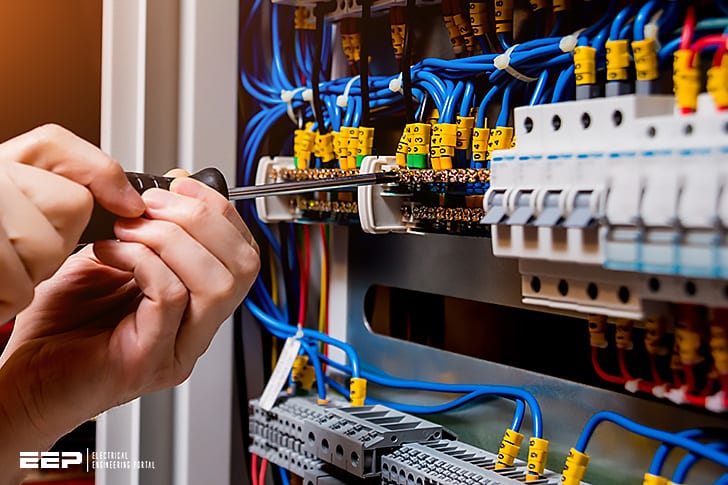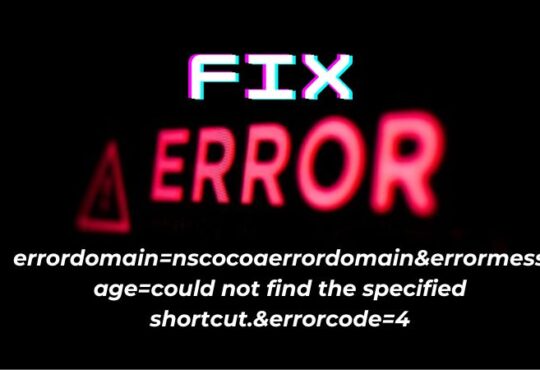
The essential parts of your house’s electrical system are ones you plausibly do not think about very often. One of those parts is the circuit breaker panel, also known as the breaker box. Having an electrical repair in your home requires you to learn how to use the main circuit breaker. Every homeowner must be familiar with the process and the characteristics of the circuit breaker panel that remains in the service room and provides power to the house. Each circuit breaker controls the connection between your home and your electricity service company. If your circuit breaker is not working accurately, you need to consult a professional as soon as possible. Get your troubleshooting issue solved with the help of an expert electrician in Vacaville. But before practicing any electrical repairs on your own or hiring an expert. There are few things you should know.
Let’s begin by learning the basics of breaker panels:
WHY IS IT IMPORTANT?
The electricity that runs from your utility service route passes through the meter and into the main circuit breaker panel. The breaker panel is typically a heavy switch that regulates the power to your home. The circuit breaker is filled with several sub-switches that connect to specific areas of the house. Electricity provided by your utility service runs through your electrical meter and then into the main breaker panel. The circuit breaker panel is a safety device that secures your home. It works against all the dangers of incorrect grounding, short-circuits, unreliable wiring, and ripped lining.
Safety Features Of Circuit Breaker
The circuit breaker includes a few main electrical supplies. These are termed as safety features of the circuit breaker.
An electrical circuit breaker safety features include:
- SUB-PANELS: Sub-panels are small tiny breaker boxes placed inside the main circuit box. These little boxes are built to handle more circuits when there is not enough space to accommodate new electric circuit boxes.
- MAIN CIRCUIT BREAKER BOX: The main circuit breaker is the switch that controls the flow of power by turning it on and off. The main switchboards or circuit breaker is built to handle any overloading due to a short circuit.
- BUS BARS: The central two rows in the main electrical circuit breaker connects to bus bars. Bus bars are where the current runs from the main circuit breaker to branching circuits and reach the outlet.
- SINGLE–POLE BREAKER: The single switches are usually between 15-20AMPs. These switches are commonly found in most electric circuit panels and are built to handle up to 120volts.
- DOUBLE–POLE BREAKER: These double pole breakers are available in a lot of different amps. These breakers are designed to handle up to 240volts.
- ARC FAULT CIRCUIT INTERRUPTERS: These circuit breakers are invented for the additional safety of your home against electric fires and shocks.
Circuit Breaker Warning Signs

The circuit breakers are usually reliable for an extended period. The longevity of an electric circuit breaker suffices up to 25-35 years. Still, you may need to replace it or maintain it after every 10year if you see any warning signs mentioned below:
- A burning smell in the circuit breaker box
- Smoke from the breaker panel
- Circuit breakers keep on tripping
- The circuit breaker does not reset
- Overheating in the breaker box
- Damaged supplies and parts
Types Of Circuit Panels
An electric circuit panel comes in 5 types, and those are known as:
MAIN LUG PANEL: The main lug panel uses lugs and lined cords to run the energy into individual lugs. You can usually attach the main lug panel to the main panel breaker.
- It is where the main lug panel operates as a sub-panel. The main lug panel features the main breaker panel as a separate connection at the meter.
- MAIN BREAKER PANEL: The main breaker panel is typically the powerhouse for your home. The main breaker panel controls the electricity that flows to different rooms of your home. The main circuit breaker is applied to cut the power as well, including the circuit breaker.
- SUB-PANEL: These panels are invented for places where you require several circuit outlets in the same area. Sub-panel can be adjusted easily for the current distribution.
- FUSE BOX: The fuse boxes are designed to prevent circuits from overloading. Fuse boxes contain tiny fuses that easily fit into electrical panels.
- TRANSFER SWITCHES: The transfer switches are mainly intended for circuits where a backup generator is powered. Transfer switches work by transferring the generator power into electrical power. The transfer switches are partitioned into two types- manual and automatic.
How To Replace A Circuit Breaker
Replacing an electrical circuit breaker is easy. When replacing a circuit surge, all you need do is follow the steps mentioned below:
- Test the electricity with a voltage tester.
- Wear safety rubber gloves, rubber shoes, and goggles.
- Make sure there is no water around you and the breaker.
- Look for the defective part in the breaker box.
- Shut off the branch breaker, then the main power, and at last individual breaker.
- Remove the screws on the faceplates of the breaker.
- Examine the exterior panel for rust.
- Ensure what type of breaker box you are using by reading the label.
- Check the breaker’s interior for rust, burned wires, and debris.
- Remove the circuit breaker carefully.
- Discard the defective circuit breaker.
- Place the new circuit breaker at the same spot.
- Attach the wiring in the new circuit breaker and screw them tightly.
- Replace the circuit breaker’s faceplate.
Conclusion
Now that you know the danger of having a defective circuit panel installed in your home, inspect for loosening connections and heating in the board. Do not compromise on the electrical safety of your home. Contact a qualified electrician in Vacaville from ALECO ELECTRIC if you want to get any work done.






